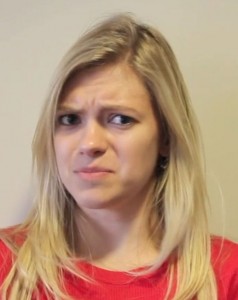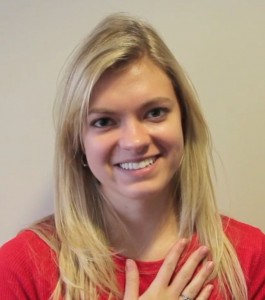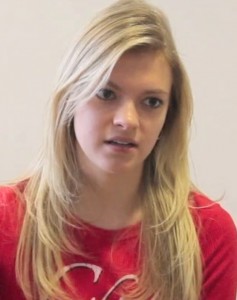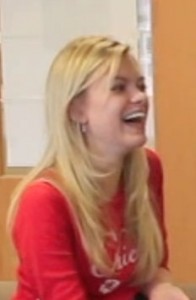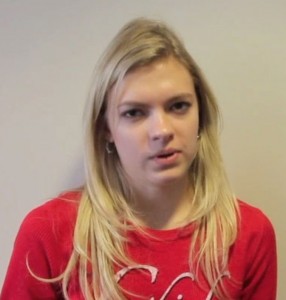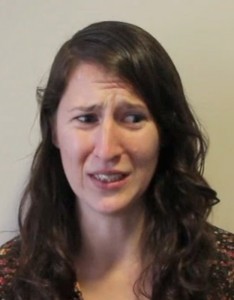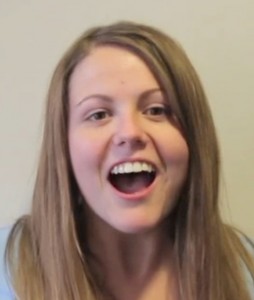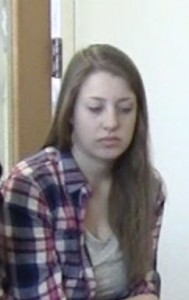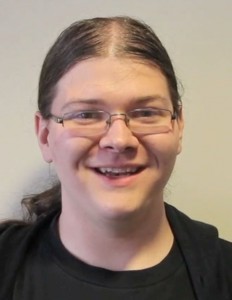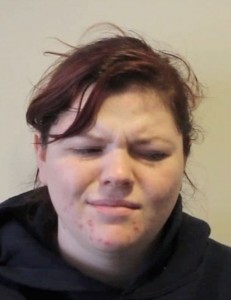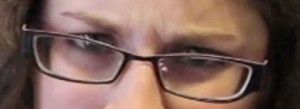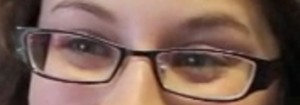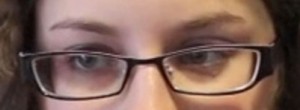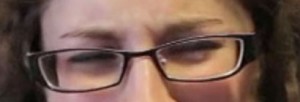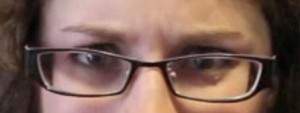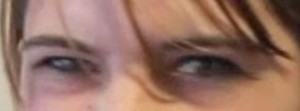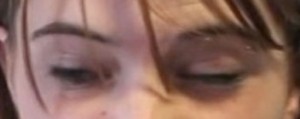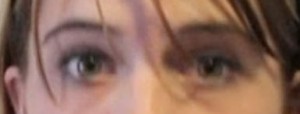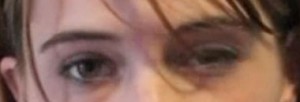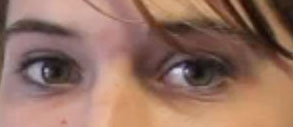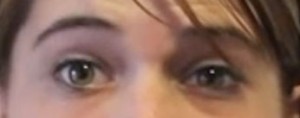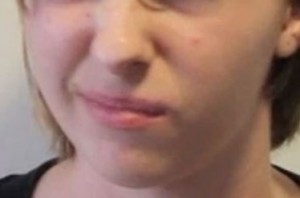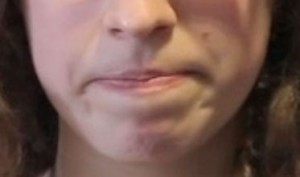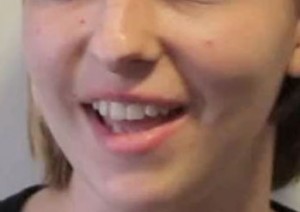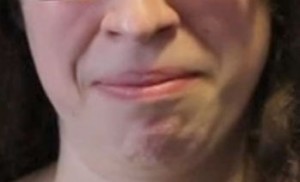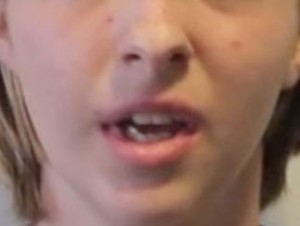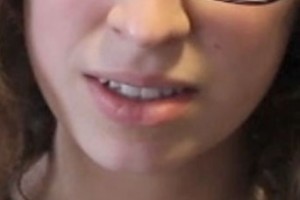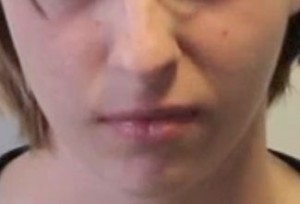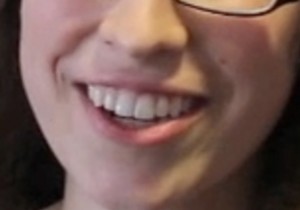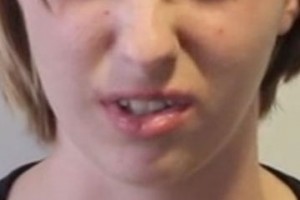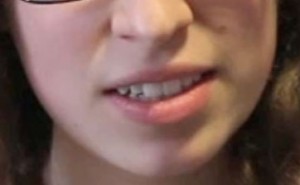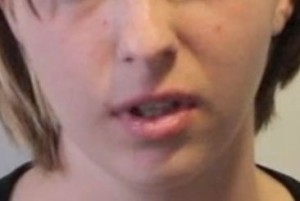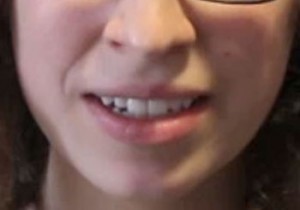Photo Exercises for Expressing Emotion
 Photo Exercise: Reading Emotions in Faces
Photo Exercise: Reading Emotions in FacesHere are five photos of the same woman. Which emotion does each photo demonstrate?
If you're having trouble....
Answers
 Photo Exercise: Same Exercise, Different Faces
Photo Exercise: Same Exercise, Different Faces Here are photos of various people. Which emotion does each photo demonstrate?
If you're having trouble....
Answers
 Photo Exercise: Same Exercise (again!), Different Faces (again!)
Photo Exercise: Same Exercise (again!), Different Faces (again!) Look at the cover of the Association for Computing Machinery magazine for December 2014: http://mags.acm.org/communications/december_2014/?folio=56&CFID=466437119&CFTOKEN=88227363#pg1. Which emotion does each (posed, exaggerated) photo demonstrate?
Answers
- Top Left: Sad (Note the pout, the droopy eyes and cheeks.)
- Top Center: Angry (Note the hard stare, the flared nostrils, and the clenched jaw.)
- Top Right: Surprised and Terrified (Note the fully extended gaping jaw-drop, the pinpoint eyes (showing a lot of eye white!).)
- Center Left: Angry/Upset. (It’s a bit harder to read emotions in young children, but this is certainly a negative emotion. Note the downturned lips, the furrowed brow, the aggressive eye contact.)
- Center Center: Joyfully, Blissfully, Ecstatically Happy! (There’s no mistaking that kind of full-on smile, with high cheekbones, eyes not just crinkly around the edges but actually shut!)
- Center Right: Disbelief (uncertainty)/Suspicion. (Note the puffed-cheeks, as if he literally cannot “digest” what he’s seen or heard, the asymmetry of the head and expression, the narrowed eyes.)
- Bottom Left: Pain/Anguish. (Note: the pain may be physical and/or emotional. (Note the teeth-baring grimace, which is definitely not a smile (no raised cheekbones), the hunched shoulders, the retraction of the jaw down towards the neck/collarbone….)
- Bottom Center: Surprised (but not unpleasantly)/Intrigued/Interested. (Compare with Top Right. Note that although she is certainly surprised (wide eyes, open mouth), she also shows signs of interest, with raised eyebrows, and no sign of dismay.
- Bottom Right: Disgusted (but perhaps a bit amused, at the same time?) (Note the scrunching up of the nose — classic disgust — but the raised eyebrows and hint of upwardly-curved lips suggest that he’s not really all that upset about whatever is causing the disgust. Perhaps someone made an inappropriate joke, and he wishes to convey that it was funny and inappropriate at the same time. Perhaps his granddaughter’s diaper is stinky, and he wishes to communicate that, while still showing that he loves her….
 Photo Exercise: Reading Emotions in the Eyes
Photo Exercise: Reading Emotions in the EyesThis time, try just the eyes. Two different faces, each expressing a bunch of different emotions!
If you're having trouble....
Answers
More specifically….
- #1 & #4 are sad. Looking down and/or away can be a sign of thinking hard (uncertainty) as well as sadness, but in that case, you’d typically see a furrowed brow and tense muscles as opposed to the “droopiness” associated with sadness.
- #2 & #7 are uncertain. In #2 we see the furrowed brow of deep thought as well as the head tilt asymmetry that is common in cases of uncertainty. (The slope of her glasses makes it particularly easy to see the head tilt.) In #7, we see the squinting of one eye — another asymmetry common in uncertain expressions. Of course, if your listener is showing uncertainty about what you’re saying, that might tempt you to talk more, to convince her! But it also often functions as an indirect sign that she disagrees with you and would like a turn-at-talk to explain why.
- #3 & #11 are happy. This should be especially easy to see in #3, where you can clearly see the raised cheek muscles of the associated smile, even though the glasses block our sight of the “laugh lines” around the eyes.
- #5 & #8 are disgusted. This emotion is particularly hard to see in the eyes, so don’t feel bad if you missed it — it’s much easier to read in the mouth/nose region. The almost total closing of the eyes is a natural result of the grimace & nose crinkling that typically accompany this emotion.
- #6 and #12 are alarmed/afraid, albeit rather different presentations of this emotion. #6 looks like she’s is thinking furiously about whatever is alarming her (so if you said ‘uncertainty’ for this one, congratulate yourself). We are often alarmed by our own uncertainties! #12 is the classic “deer in the headlights” look: both surprised and afraid (note the similarity to #9). Of course, many things that surprise us may also make us afraid!
- #9 is surprised. If you thought this and #12 were the same, we’re not surprised. It’s almost impossible to tell them apart by eyes alone — you’d need more information.
- #10 is bored. Note the particularly “dead-eyed” stare, the unhappy expression (so if you said “sad,” you were pretty close).
If you want to see the eyes matched up with their full faces, click here.
 Photo Exercise: Following-Up on Eyes
Photo Exercise: Following-Up on EyesIf you want more practice “reading” people’s eyes, print the above exercise and the eyes from Baron-Cohen’s “Mind in the Eyes” test, and cut each set of eyes into separate “flash cards,” with the corresponding emotion written on the back. (Don’t worry about Baron-Cohen’s goofy labels — the important thing is not the terminology, but the “neighborhood” of the emotion. For our purposes, nervous, worried, alarmed, frightened, fearful, apprehensive, etc. are all the same feeling.) Keep quizzing yourself (shuffling the deck, looking at them in all different orders), until you can recognize the different eye configurations without too much conscious thought. (Don’t allow yourself to cheat by coming up with mnemonic devices such as “I know the one with the folded corner is supposed to be X, and the one with the coffee stain is Y.”) Try laying them out and organizing them, so that all similar emotions are grouped together in a pile: all the happies together, all the sads together, all the fearfuls, all the disgusteds, etc. Are there some that seem to overlap? Once you check to see that you have grouped them correctly, see if you can identify different degrees, separating milder displays from more intense ones.
 Photo Exercise: Reading Emotions in the Mouth & Nose
Photo Exercise: Reading Emotions in the Mouth & NoseThis time, try just the mouth & nose region.
If you're having trouble....
Answers
- Mouths #3 and #8 are the only positive emotion we see (both quite happy). All the others could indicate problems with the conversation, although (as we said above), you have to consider if they are simply mirroring an appropriate emotion at that point (corresponding with the topic of conversation and/or your own expression of emotion).
- #1 and #6 show uncertainty, but we would not have been able to read #6 from the mouth & nose alone, since she lacks the characteristic asymmetry that is so common with deep thought. (You can see, though, that her head is slightly tilted.)
- #2 and #7 are sad. The lips held tightly together that we see in #2 can often indicate anger (as people try to control their emotion, swallowing their anger), so if you guessed anger, good for you! But this is also a common response to sadness, as people attempt to conceal the quivering lips that often precede crying. #7 is a nice example of the “droopiness” that typically accompanies sadness: a complete lack of muscle tension.
- #4 and #9 are disgusted. The woman in #4 looks like she might actually vomit. We don’t see the exaggerated crinkling of the nose that typically accompanies disgust, but in both presentations, we can still see the deepening of the lines around the mouth that accompany the grimaces as the lips pull apart. (This could not be mistaken for a smile!)
- #5 and #12 show fear (or at least the milder sense of alarm), although we would certainly have trouble interpreting this emotion from the mouth and nose region alone.
- #10 is angry. (The baring of teeth, as opposed to a smile.) Whenever you see someone’s teeth but their lips do not spread and curve up, you’re in trouble!
- #11 is bored, but if you said sad, good for you. (These two often co-occur, of course, as feeling bored makes us feel sad.) Both boredom and sadness feature a lack of muscle tension (“droopiness”), and are difficult to distinguish from the mouth and nose region alone.
If you want to see the mouths matched up with their full faces, click here.
 Follow-Up Photo Exercise: Seeing Emotions in Full Faces
Follow-Up Photo Exercise: Seeing Emotions in Full FacesWith a confederate, go through a magazine, tabloid, or website that features candid, unposed photos. (It’s fairly easy to find outlets for paparazzi photos; People magazine often has pages and pages of them, e.g. If you have a favorite celebrity or two, you can search online for “candid photos of (X).”) You try to identify the emotion on each face, and see if your confederate agrees. You’re certain to find a number of neutral faces (when people don’t realize they’re being observed), unhappy, annoyed and/or angry faces (when people realize their privacy has been invaded), but also happiness (some people enjoy being famous and having people take their photograph) and surprise and various other emotions…. As always, don’t worry about exact labels and terms for the emotions, just try to get in the right neighborhood. You will find this an easier task than you think, especially after you’ve completed the earlier exercises, since you will have multiple sources of information (eyes, mouth & nose, body language). Repeat as many times as you like, until you get good at it!
